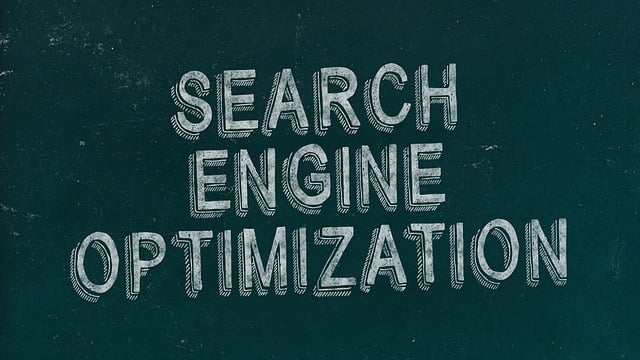Integrating AI technology in motorcycle repairs offers significant benefits through predictive analytics, natural language processing, and computer vision. This strategic guide emphasizes identifying specific shop needs, choosing appropriate AI tools, preparing quality data, training staff, and pilot testing before full implementation. Key Performance Indicators (KPIs) such as reduced service times, improved diagnostic accuracy, and enhanced customer satisfaction should be tracked to objectively measure AI's value and optimize its integration for increased operational efficiency.
“Revolutionize your motorcycle repair shop with AI technology! This article guides you through leveraging AI’s potential to optimize processes, enhance efficiency, and improve customer satisfaction. From understanding AI’s transformative role in motorcycle repairs to implementing practical solutions and measuring success, we provide a comprehensive roadmap. Discover key performance indicators and learn how AI can become the driving force behind your shop’s success, ensuring faster turnarounds and accurate diagnostics. Stay ahead of the curve with these AI growth strategies.”
- Understanding AI's Role in Optimizing Motorcycle Repair Processes
- Implementing AI Solutions: Step-by-Step Guide for Shops
- Measuring Success: Key Performance Indicators for AI Integration in Repair Shops
Understanding AI's Role in Optimizing Motorcycle Repair Processes

In the fast-paced world of motorcycle repairs, embracing AI technology can be a game-changer. This advanced technology has the potential to revolutionize how repair shops operate, leading to improved efficiency and enhanced customer satisfaction. By implementing AI solutions, such as machine learning algorithms and natural language processing, repair shops can streamline their processes like never before.
AI can analyze vast amounts of data from previous repairs, providing valuable insights to predict common issues and optimize troubleshooting steps. It can also automate routine tasks, freeing up mechanics’ time for more complex work. For instance, AI-powered diagnostic tools can quickly identify problems in a motorcycle’s engine or electrical system, ensuring accurate and swift repairs. This not only reduces service times but also minimizes the risk of human error, making motorcycle repair shops more competitive and efficient in today’s digital era.
Implementing AI Solutions: Step-by-Step Guide for Shops

Implementing AI solutions can be a game-changer for motorcycle repair shops, offering efficient and accurate diagnostics and streamlining workflow processes. Here’s a step-by-step guide to help your shop embrace this technology:
1. Identify Pain Points: Start by pinpointing the specific areas in your repair process that could benefit from AI technology. Common pain points include time-consuming diagnostic procedures, inaccurate part identification, or managing extensive inventory. Understanding these challenges will guide your AI implementation strategy.
2. Choose the Right AI Tools: Based on identified needs, explore available AI tools and software designed for automotive repairs, particularly motorcycle maintenance. Some applications include predictive analytics for equipment maintenance, natural language processing (NLP) for efficient part search, or computer vision for visual inspection of components. Select tools that align with your shop’s requirements and budget.
3. Data Collection and Preparation: AI algorithms rely on quality data to learn and improve. Begin collecting and organizing relevant data, such as historical repair records, component specifications, and customer information. Ensure data is clean, structured, and formatted appropriately for the chosen AI system.
4. Integration and Training: Integrate your selected AI solutions into your existing shop management system. Train your staff to use these tools effectively, ensuring they understand how AI can enhance their work. Provide clear guidelines on data input and interpretation of AI outputs to maximize accuracy.
5. Pilot Testing: Before full-scale implementation, conduct pilot tests with a small subset of tasks or departments. This allows for adjustments and fine-tuning without disrupting the entire operation. Gather feedback from staff and identify any necessary improvements to the AI system or workflows.
Measuring Success: Key Performance Indicators for AI Integration in Repair Shops

Measuring success is a critical aspect of implementing AI technology for streamlining motorcycle repair processes. Key Performance Indicators (KPIs) should be set to track the impact and efficiency gains from AI integration. These might include metrics such as reduction in service times, increased diagnostic accuracy rates, improved parts inventory management, and customer satisfaction scores. For instance, a decrease in average repair time by 15% or an accuracy rate of 98% in initial diagnostics could be set as targets.
Additionally, the cost-effectiveness of AI tools should be monitored, including the return on investment (ROI) from reduced labor costs and improved resource allocation. Tracking these KPIs allows repair shop owners to objectively assess the value brought by AI technology, make data-driven decisions, and continuously optimize their integration strategies for enhanced operational efficiency and customer experience in motorcycle repairs.
AI technology has the potential to revolutionize motorcycle repair shops by streamlining processes and enhancing efficiency. By implementing AI solutions, shops can automate repetitive tasks, improve diagnostic accuracy, and provide faster service. This not only benefits businesses with increased productivity but also ensures customers receive high-quality, timely repairs. When measured through key performance indicators, adoption of AI in this sector shows promising results, indicating a brighter future for motorcycle repair services.
